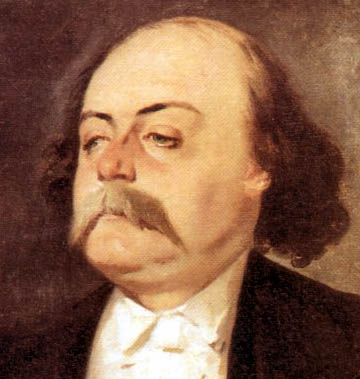This radio interview with Steven Pinker, author of A Sense of Style, features a neat list of “cardinal rules” for good writing (around the 12:50 mark):
- Clear thinking makes clear writing.
- Be concrete.
- Read as much as you can.
- Show your work to somebody else.
The last point has to do with what Pinker calls “the curse of knowledge”: “When you know something, it’s very hard to imagine what it’s like not to know it. … You think what’s obvious to you is obvious to everyone else, but it isn’t.” This is advice that every writer and every teacher should take to heart.
The interview also raises important questions about the teaching of good writing, for example the importance of having students write drafts, give feedback, and make them re-write the draft. This may seem like an obvious strategy to teach writing, but in teaching practice, it is quite difficult to implement because it requires the teacher to spend an awful lot of time correcting texts. Any teacher will think twice about assigning students such a writing task: just imagine a class with 25 students. Make them write a text of decent length to articulate an idea, and you will end up with 25 texts. If you spend 15 minutes on each text, you rack up approximately 400 minutes or 6.5 hours (excluding breaks). Mind you, this is time spent not teaching, not preparing, and not grading.
Teachers can compensate for this by having students write the text in class instead of at home, because then you save preparation time. Say, 2 hours. But I was once told by a headmaster that by having students write in class instead of at home, I am wasting valuable time that could be used for communicative tasks (I teach English as a second language). After all, he argued, the students don’t need their classmates in order to write, but they do need them to talk, so have them do the writing at home and make sure you use your valuable lesson time to get them to do other things than writing.
There are of course other strategies to implement writing in the classroom that are less time-consuming, e.g. instead of reading the texts yourself have other students read the texts and give feedback to each other. But in my experience, this yields very meager results and can even be counter-productive. Other methods are available, but I have yet to come across a decent replacement for teacher feedback.
Another important point they address in the interview is the question, in Pinker’s words, “whether it’s good pedagogy to teach young kids things that are false and then expect them to unlearn it when they get older” (around the 21:50 mark in the interview), for example never write in sentence fragments or don’t begin a sentence with “and”. Such rules introduce more or less useful principles, but it is perfectly legitimate to flout them as long as you know what you are doing. In other words, there are many exceptions to the rules.
However, teaching rules and exceptions can be very tricky. Young students especially want definite answers and have little patience for nuance or exceptions. They want to know right from wrong. And who can blame them? After all, at exams they are punished for not knowing right from wrong; grasping nuances and knowing exceptions has hardly any bearing on exam results.
Pinker says he is sceptical whether it is good pedagogical practice to teach such rules; unfortunately he does not have time to elaborate why. I, for one, believe that as long as your students do not have much of a clue about writing and are prone to commit huge blunders (e.g. write things like “I think this is a great film. And totally worth watching. Cause it’s awesome.”), you are justified to teach them, quite dogmatically, rules you expect them to adhere to. This might come back to bite them at a more advanced level, but once they reach that level they can absorb the new information much more effectively. If a student tells you “But our old teacher told us that we were not supposed to use and at the beginning of a sentence”, you already have something to work with to hone your students’ sense for nuance and exceptions. If they come to you saying “But our old teacher told us it’s perfectly alright to sometimes write and at the beginning of a sentence”, you will have a much harder time explaining to them what their teacher meant.
We can compare this to chess. Chess teachers tell their students not to move the same piece twice in the opening, for example, because you should be using your time instead to bring the other pieces into the game; but already at intermediate level you have to realize that it is perfectly fine to move a piece twice in the opening — if you know what you are doing, that is. But if you try to cover such exceptions right from the start, you are likely asking too much of your students’ ability to absorb information.



.jpg)
